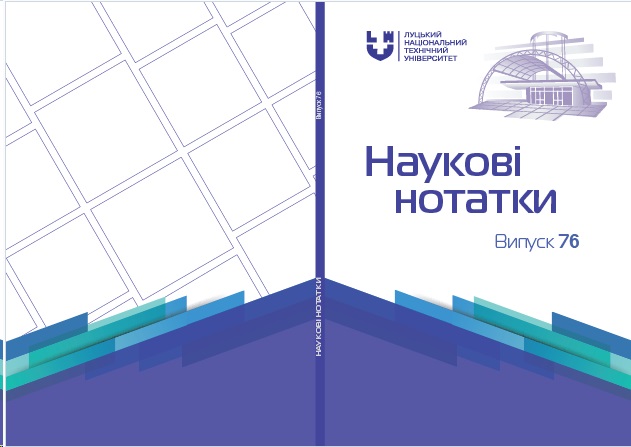MATHEMATICAL MODELING OF NETWORK LOGISTICS PROCESSES
Abstract
Mechanisms of mathematical modeling of network logistics processes are investigated in the work. It is emphasized
that in today's conditions, technologies of interaction between different machines, high-speed data transmission networks in the
logistics system and unlimited access to geolocation are actively used, which provide a data flow containing a complete set of
information about a separate unit of the product and logistics actions with this product within the framework of the entire
systems. It was emphasized that the analysis and exchange of information between all participants of the logistics network takes
place on the basis of a digital logistics network. The process of building and implementing a logistics network is based on the
technology of data collection with sensors and real-time transmission via mobile communication for further analysis and digital
data exchange. As part of the work, a graph of an arbitrary topology of the logistics network was constructed with a detailed
justification of the nodes of the graph and their corresponding edges. The parameterization of each individual element of the
graph takes into account the topology of the network and the orientation of the elements. A mathematical model has been formed
that can be used to optimize the processes occurring in the presented network logistics structure. Mathematical modeling for
transfer and formalization processes is presented. The solution of the boundary value problem is based on the principle of series
expansion using an orthonormal system of eigenfunctions, it is noted that they are reflected by the Sturm–Liouville theory. It is
emphasized that the effectiveness of the outlined approach is the possibility of solving the problem of modeling flows in the
network, using the result as a sequence for finding a solution to modal control problems. As prospects for further research, the
development of a software application and its implementation on cloud servers is proposed, which will allow online interaction
with forwarders and transport directly in the process of moving, regardless of their location.





